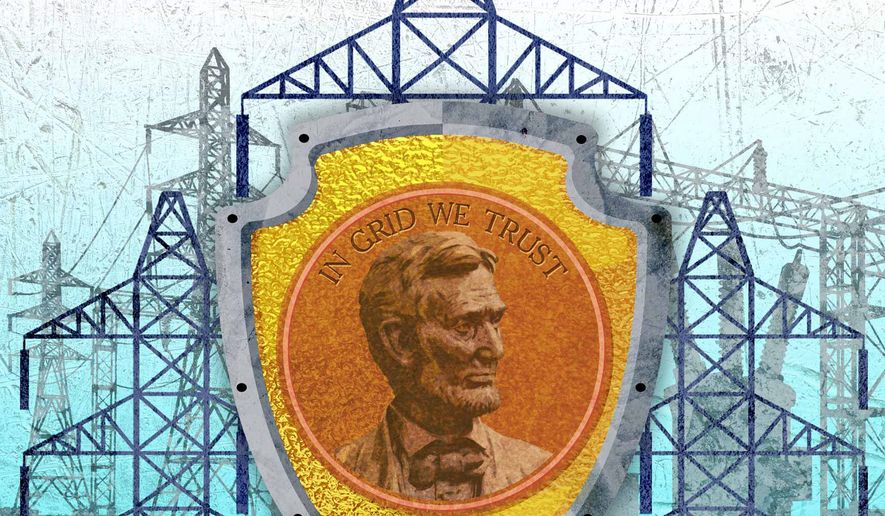OPINION:
It’s not hard to imagine the role that energy plays in our daily lives — in fact it becomes immediately apparent when we experience even a brief power outage in our home or workplace. Quite simply, it stops us in our tracks.
Until 2015, it was merely theoretical that a cyberattack on a country’s energy infrastructure could result in a widespread energy outage, but then Ukraine experienced just that. Using destructive malware, a sophisticated team of hackers coordinated simultaneous attacks against six power providers, causing a blackout for hundreds of thousands of people.
What happened in Ukraine isn’t an isolated incident. According to a 2017 report by Accenture, more than 50 percent of utility executives believe their countries could see an interruption of electricity supply due to cyberattacks within five years with only 48 percent believing they are prepared for the challenges of an interruption from a cyberattack.
A potential cyberattack on the American energy grid means that our critical facilities could very well fail us in our most severe time of need.
How can we protect our nation’s power supply and ensure that our energy remains secure? As U.S. experts work to ramp up cybersecurity and the Trump administration’s focus shifts toward securing critical infrastructure, especially the grid, the timing could not be more crucial.
With the Department of Energy’s new Office of Cybersecurity, Energy Security and Emergency Response and President Trump’s request for $470 million to prevent and address cyberattacks on the energy sector, coupled with the U.S. electric power industry’s annual investment of more than $100 billion in smarter, energy infrastructure, the nation is indeed seeing large investments in order to upgrade, modernize and secure the grid.
While such investments are imperative, the efficacy of the technology is largely determined by the materials used, which is a problem we’ve seen time and time again in our nation. For example, the water crisis in Flint, Michigan, where lead piping poisoned citizens. The answer to Flint’s problem is also applicable to our energy systems: North American copper.
Copper is not immediately thought of as a major energy industry stakeholder, but its superior conductivity, durability and reliability is critical in increasing the energy efficiency, security and resiliency of the nation’s energy infrastructure.
Equally important to securing the nation is providing an alternative to traditional grids and using microgrids: Small, local systems that are powered largely by wind and solar energy systems, which are being used by universities, hospitals, the military, even small islands to stay connected. Microgrids are resilient and decrease the chances of major, widespread electrical failure because they are able to operate independently during a disaster or in the event of a national security concern.
As advancements in power technology, like microgrids and energy storage systems, continue making electrical grids smaller and more powerful, energy efficient, affordable and accessible, the copper demand will continue to rise.
Securing our nation’s energy grid means ultimately being able to rely upon our energy systems no matter the risks. This will require investing in materials that consistently offer superior performance, reliability and resiliency. Copper has repeatedly proven and continues to be the answer when it comes to powering traditional energy systems and renewables.
• Zolaikha Strong, the director of sustainable energy at the Copper Development Association, is a member of the U.S. Department of Commerce’s Renewable Energy & Energy Efficiency Advisory Committee.




Please read our comment policy before commenting.